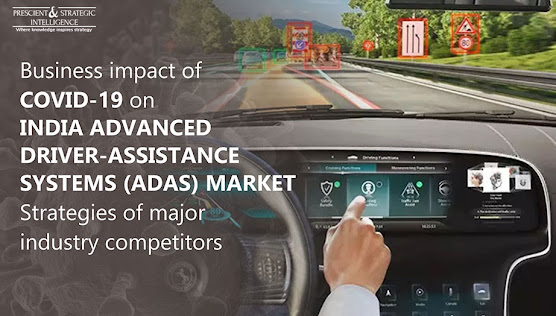The global EV charging cables market generated a revenue of approximately $250 million in 2020, and it will exhibit huge expansion from 2021 to 2030, as per the estimates of P&S Intelligence, a market research firm based in India. The factors fueling the market surge are the growing deployment of electric vehicles (EVs), increasing concerns being raised over the escalating air pollution levels, and the burgeoning demand for public EV charging facilities and infrastructure.
With the soaring adoption of EVs, the governments of many countries are actively focusing on developing EV charging stations. Moreover, several governments are making huge investments for developing and installing EV charging stations in various public places. As per the International Energy Agency (IEA), the total number of EV charging points around the world increased by nearly 44% from 2017 to 2018. The development of these stations is fueling the advancement of the electric vehicle charging cables market.
Get the Sample Copy of this Report @ https://www.psmarketresearch.com/market-analysis/electric-vehicle-charging-cables-market/report-sample
Depending on power supply, the market is divided into direct current (DC) and alternating current (AC) categories. Between these, the AC category is predicted to dominate the market in the forthcoming years. This is credited to the surging installation of charging facilities in various private settings such as homes and offices. The market is also classified, on the basis of cable shape, into coiled and straight categories. Of these, the straight category generated the higher revenue in the past years.
Furthermore, this category is predicted to hold the larger share in the market in the upcoming years. This is ascribed to the lower maintenance and operating costs and the greater ease of installation of these cables than the coiled ones. Across the globe, the Asia-Pacific (APAC) region held the largest share in the electric vehicle charging cables market in 2020, with China contributing the highest revenue to the APAC market.
Make Enquiry Before Buying the Report: https://www.psmarketresearch.com/send-enquiry?enquiry-url=electric-vehicle-charging-cables-market
This market research report provides a comprehensive overview of the market
- · Future potential of the market through its forecast for the period 2020– 2030
- · Major factors driving the market and their impact during the short, medium, and long terms
- · Market restraints and their impact during the short, medium, and long terms
- · Recent trends and evolving opportunities for the market participants
- · Historical and the present size of the market segments and understand their comparative future potential
- · Potential of on-demand logistics services, so the market players make informed decisions on the sales of their offerings





















